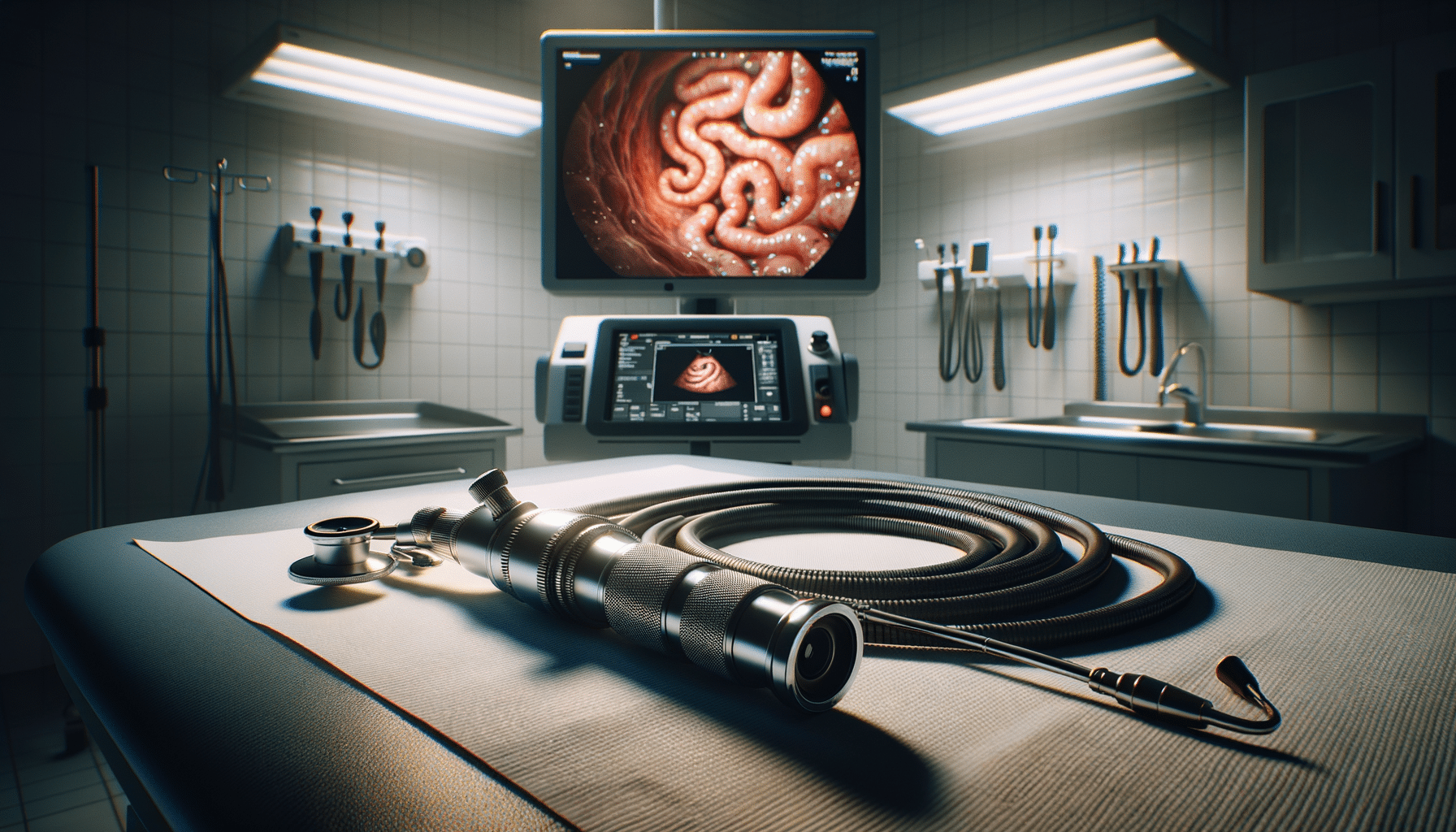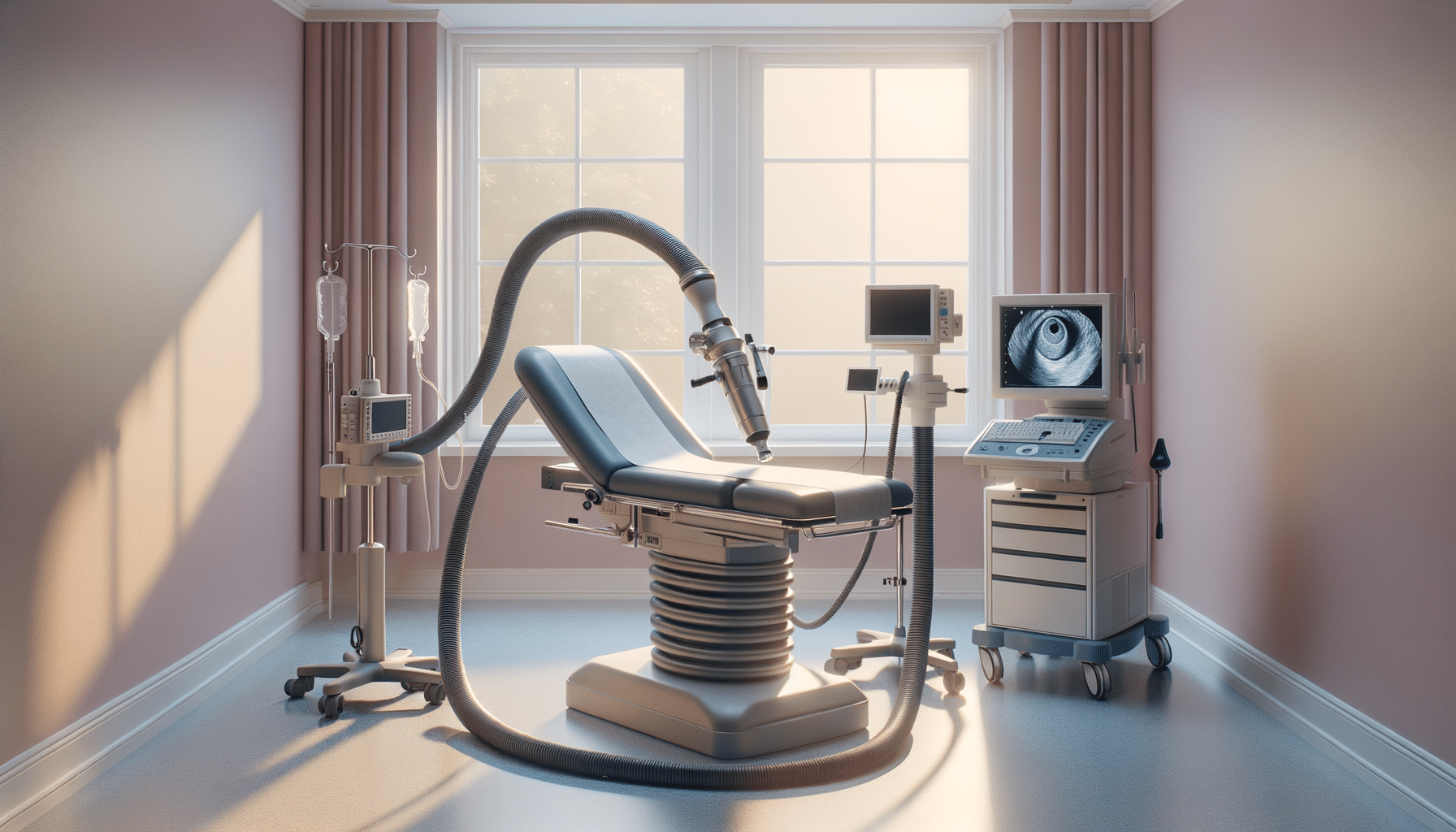
3 Things You Might Not Know About Enteroscopy
Introduction to Enteroscopy
Enteroscopy is a medical procedure that offers a detailed view of the small intestine, which is difficult to examine using standard endoscopy. This technique plays a crucial role in diagnosing and treating various gastrointestinal conditions. As an advanced procedure, enteroscopy provides a closer look at the small bowel, which is particularly important for patients experiencing unexplained gastrointestinal bleeding, suspected small bowel tumors, or inflammatory bowel disease. Despite its significance, many people are unaware of the procedure or its benefits. This article aims to shed light on enteroscopy, highlighting three lesser-known aspects of this important medical procedure.
The Procedure: What to Expect
Enteroscopy is designed to explore the small intestine in greater detail than traditional endoscopy methods. During the procedure, a thin, flexible tube called an enteroscope is inserted through the mouth and guided down the digestive tract. The enteroscope is equipped with a camera and light, allowing doctors to visualize the small intestine’s interior and identify any abnormalities. Patients are typically sedated to ensure comfort throughout the process.
There are different types of enteroscopy, including single-balloon, double-balloon, and capsule enteroscopy. Each variant offers unique advantages, depending on the clinical scenario. For instance:
- Single-balloon enteroscopy: Uses a single balloon to help navigate the small intestine.
- Double-balloon enteroscopy: Utilizes two balloons to provide greater maneuverability and access to the entire small bowel.
- Capsule enteroscopy: Involves swallowing a pill-sized camera that captures images as it travels through the digestive system.
Understanding the procedure can alleviate patient anxiety and improve the overall experience, emphasizing the importance of clear communication between healthcare providers and patients.
Conditions Diagnosed and Treated with Enteroscopy
Enteroscopy is a powerful diagnostic and therapeutic tool for various gastrointestinal conditions. Its ability to access the small intestine makes it invaluable in identifying and managing issues that are otherwise difficult to diagnose. Some of the conditions that can be diagnosed and treated using enteroscopy include:
- Unexplained gastrointestinal bleeding: Enteroscopy allows physicians to spot sources of bleeding that may be missed by other imaging techniques.
- Small bowel tumors: The procedure can detect benign and malignant tumors, allowing for early intervention and improved patient outcomes.
- Inflammatory bowel disease (IBD): Enteroscopy provides detailed images of the small intestine, aiding in the diagnosis and management of IBD, such as Crohn’s disease.
By accurately diagnosing these conditions, enteroscopy not only helps in formulating effective treatment plans but also contributes to the advancement of gastrointestinal medicine.
Risks and Considerations
While enteroscopy is generally considered safe, it is not without risks. Patients should be informed of potential complications, which, although rare, can include perforation, bleeding, or adverse reactions to sedation. The likelihood of complications can vary depending on the type of enteroscopy and the patient’s overall health.
Before undergoing enteroscopy, patients should discuss their medical history and any concerns with their healthcare provider. This conversation is crucial for assessing the procedure’s appropriateness and ensuring that any risks are minimized. Proper preparation and post-procedure care are also essential in reducing potential complications and promoting a smooth recovery.
Understanding the risks and considerations associated with enteroscopy can help patients make informed decisions about their healthcare and foster a sense of empowerment in managing their gastrointestinal health.
The Future of Enteroscopy
As technology continues to advance, so does the field of enteroscopy. Innovations in imaging and instrumentation are improving the precision and effectiveness of the procedure, making it an even more valuable diagnostic and therapeutic option. For instance, the development of high-definition and 3D imaging offers clearer and more detailed views of the small intestine, enhancing diagnostic accuracy.
Moreover, the integration of artificial intelligence (AI) in enteroscopy holds promising potential for the future. AI algorithms can assist in analyzing images more efficiently, identifying patterns, and aiding in the early detection of abnormalities. These advancements not only enhance the capabilities of enteroscopy but also pave the way for personalized medicine, where treatments are tailored to individual patient needs.
As enteroscopy continues to evolve, it remains a cornerstone of gastrointestinal diagnostics, offering hope and improved outcomes for patients with complex digestive disorders.


